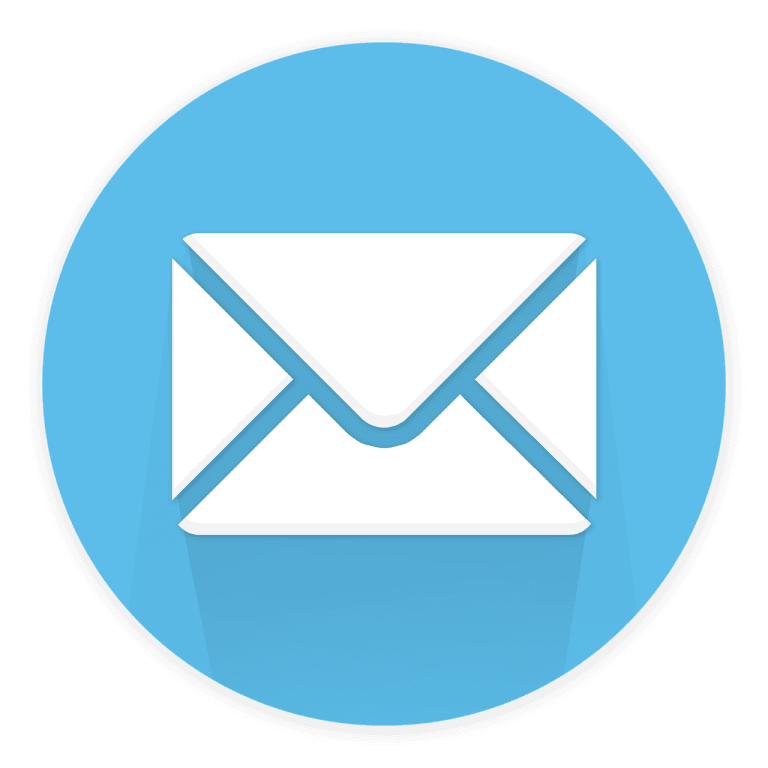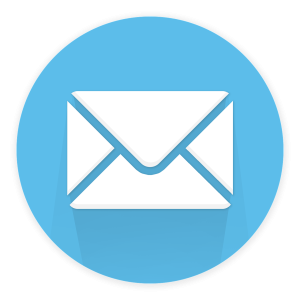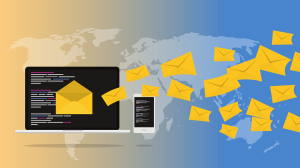Introduction
In today’s competitive digital landscape, medical spas face the challenge of standing out and capturing the attention of their target audience. Email marketing has proven to be an invaluable tool for fostering client relationships, driving engagement, and increasing conversions. However, the success of your email campaigns depends on more than just sending out promotions or newsletters—it requires strategic audience segmentation.
Segmentation allows you to divide your email audience into specific groups based on their demographics, behaviors, and preferences, enabling you to deliver highly relevant and personalized content. This approach not only improves engagement but also boosts client loyalty and revenue.
In this article, we’ll explore the importance of email segmentation for medical spa marketing, delve into effective strategies, and provide actionable tips to help you create targeted campaigns that yield measurable results.
Why Segment Your Email Audience?
Segmenting your email audience is a crucial step in creating impactful and successful marketing campaigns for your medical spa. Here’s why segmentation should be at the core of your email marketing strategy:
1. Deliver Highly Relevant Content
By dividing your audience into specific segments, you can craft messages that directly address their needs, preferences, and interests. For instance, clients interested in skincare treatments may respond differently to emails about facials than those who are focused on anti-aging solutions.
2. Foster Stronger Client Relationships
Personalized and relevant communication helps establish trust and rapport with your audience. When clients feel understood and valued, they’re more likely to remain loyal to your medical spa.
3. Increase Engagement and Conversions
Targeted campaigns with tailored offers and recommendations are more likely to drive engagement. Whether it’s booking an appointment, redeeming a special offer, or clicking through to learn about a new treatment, segmentation ensures your calls-to-action resonate with the right audience.
4. Optimize Marketing ROI
Segmentation allows you to allocate resources more efficiently by focusing your efforts on high-potential audience groups. By targeting the right people with the right message, you can maximize the return on your email marketing investment.
Key Takeaways
| **Key Points** | **Solutions** |
|---|---|
| Segmenting ensures relevance and personalization in emails. | Use demographics, behaviors, and preferences to create audience groups. |
| Strong relationships lead to better client retention. | Deliver content that addresses individual client needs. |
| Engagement boosts conversions and revenue. | Create tailored campaigns for specific treatments or promotions. |
| Efficient marketing strategies save resources. | Focus on high-potential segments for better ROI. |
Key Segmentation Strategies for Medical Spa Email Marketing
Segmentation is the backbone of effective email marketing. Below are key strategies to help you divide your audience and deliver personalized, impactful campaigns:
1. Understanding Your Audience
Before creating segments, gather comprehensive data about your email subscribers. This includes:
- Demographics: Age, gender, location, occupation.
- Behavioral Data: Website interactions, purchase history, email engagement metrics.
- Preferences: Interests in specific treatments or services.
Pro Tip: Use tools like email marketing software and CRM systems to analyze subscriber data and gain actionable insights.
2. Segmenting Based on Demographics
Demographic segmentation helps you target specific client groups effectively:
- Age Groups: Offer anti-aging solutions for older clients, while promoting acne treatments or chemical peels for younger audiences.
- Gender: Tailor campaigns based on gender-specific treatments, like men’s skincare or women’s body contouring services.
- Location: Promote local events, offers, or new service launches relevant to nearby clients.
Example: A younger female audience might appreciate emails about seasonal facial promotions, while older clients might respond better to anti-aging packages.
Key Takeaways
| **Key Points** | **Solutions** |
|---|---|
| Understand your audience for effective segmentation. | Collect and analyze demographic, behavioral, and preference data. |
| Demographic segmentation boosts campaign relevance. | Target audience based on age, gender, and location. |
| Tailored campaigns lead to higher engagement. | Promote specific treatments aligned with client needs. |
| Use tools to gather and analyze data effectively. | Leverage email marketing software and CRM systems. |
3. Behavior-Based Segmentation
Segmenting your email audience based on behavior is one of the most effective ways to deliver highly targeted campaigns. By analyzing past actions and engagement patterns, you can create segments that align with specific customer journeys.
Behavioral Segmentation Strategies
- Engagement Metrics:
- Segment subscribers based on email opens, click-through rates, and responses.
- Example: Create separate campaigns for active subscribers versus those who haven’t engaged in months.
- Website Interactions:
- Track pages visited, treatments researched, or services viewed.
- Example: If a client frequently views body contouring services, send them exclusive offers or educational content about those treatments.
- Purchase History:
- Identify clients who have purchased specific treatments or packages.
- Example: Send follow-up emails promoting complementary treatments or loyalty discounts.
- Lifecycle Stages:
- Create segments for new subscribers, loyal clients, and inactive users.
- Example: For new clients, send a welcome email series introducing your spa and services. For loyal clients, highlight VIP perks or loyalty rewards.
Benefits of Behavior-Based Segmentation
- Re-engage Inactive Subscribers: Use personalized win-back campaigns with enticing offers or helpful reminders.
- Enhance Loyalty: Reward frequent clients with exclusive discounts or early access to new treatments.
- Boost Conversions: Target interested leads with promotions tailored to their browsing behavior.
Key Takeaways
| **Key Points** | **Solutions** |
|---|---|
| Behavioral segmentation improves campaign targeting. | Use engagement, purchase history, and website interactions to create segments. |
| Inactive subscribers can be re-engaged effectively. | Send win-back campaigns with tailored offers or reminders. |
| Loyal clients respond to personalized rewards. | Highlight VIP perks, loyalty discounts, or exclusive access. |
| Conversions improve with targeted promotions. | Use purchase and browsing data to craft relevant offers. |
4. Personalizing Your Content
Once you’ve segmented your email audience, the next step is to craft personalized content that resonates with each group. Personalization goes beyond simply adding a subscriber’s name—it’s about delivering highly relevant and customized experiences that capture attention and drive action.
Personalization Strategies
- Dynamic Content Blocks:
- Use dynamic content to display specific offers or messages tailored to each segment.
- Example: A client interested in anti-aging treatments might see a promotion for Botox, while another focused on relaxation might receive a massage package offer.
- Subject Lines That Speak Directly to Clients:
- Craft compelling subject lines that address subscriber needs or preferences.
- Example: “Your Personalized Skincare Plan Awaits!” or “Exclusive Discounts on Anti-Aging Treatments!”
- Relevant Recommendations:
- Use data like past purchases or browsing history to suggest complementary services.
- Example: After a chemical peel, recommend a hydrating facial or home skincare products.
- Client Milestones and Celebrations:
- Send birthday greetings, anniversary emails, or rewards for frequent visits.
- Example: “Happy Birthday! Enjoy 20% Off Your Next Treatment This Month.”
- Localized Content:
- For clients near your medical spa, highlight local events, workshops, or special offers.
Benefits of Personalized Content
- Increases open and click-through rates.
- Improves client satisfaction and loyalty.
- Creates a stronger emotional connection with your brand.
Key Takeaways
| **Key Points** | **Solutions** |
|---|---|
| Personalization enhances engagement. | Use dynamic content, tailored subject lines, and relevant recommendations. |
| Celebrations strengthen client relationships. | Send birthday or milestone emails with special offers. |
| Localized content boosts relevancy for nearby clients. | Highlight events and offers in the client’s area. |
| Recommendations improve upselling opportunities. | Leverage purchase and browsing data to suggest complementary services. |
Conclusion
Segmenting your email audience is an essential strategy for successful medical spa marketing. By dividing your subscribers into well-defined groups based on their demographics, behaviors, and preferences, you can create campaigns that are not only engaging but also highly relevant to their needs.
When combined with personalized content and a commitment to continuous testing and optimization, segmentation becomes a powerful tool to enhance client relationships, increase conversions, and boost your marketing ROI.
By implementing these strategies, your medical spa can stand out in a competitive market, ensuring your emails are opened, read, and acted upon. Remember, effective segmentation is the cornerstone of building meaningful connections with your clients and driving business growth.
Actionable Tips for Effective Email Segmentation
- Start with Data Collection: Use tools like CRMs and email marketing platforms to gather detailed subscriber information.
- Define Clear Segments: Divide your audience based on age, behavior, location, and preferences.
- Leverage Personalization: Use dynamic content and tailored subject lines to make your emails stand out.
- Continuously Optimize: Track metrics like open rates and conversions, and refine your strategies over time.
Frequently Asked Questions
1. Why is email segmentation important for medical spas?
Email segmentation allows medical spas to deliver personalized and relevant content, increasing engagement and driving more bookings for treatments and services.
2. What tools can I use to segment my email audience?
Popular tools include Mailchimp, Constant Contact, and HubSpot. These platforms help you analyze data and create targeted email campaigns.
3. How often should I update my audience segments?
Review your segments quarterly to ensure they remain accurate and relevant as your clients’ preferences and behaviors evolve.
4. Can I use segmentation to re-engage inactive clients?
Absolutely! Win-back campaigns tailored to inactive subscribers can reignite interest with offers, discounts, or reminders about new services.
5. Is segmentation only useful for large audiences?
No. Even small medical spas can benefit from segmentation by creating focused and personalized email campaigns that yield better engagement.
Ready to take the next step?
Book Your Free Consultation with Med Spa Medics now!





